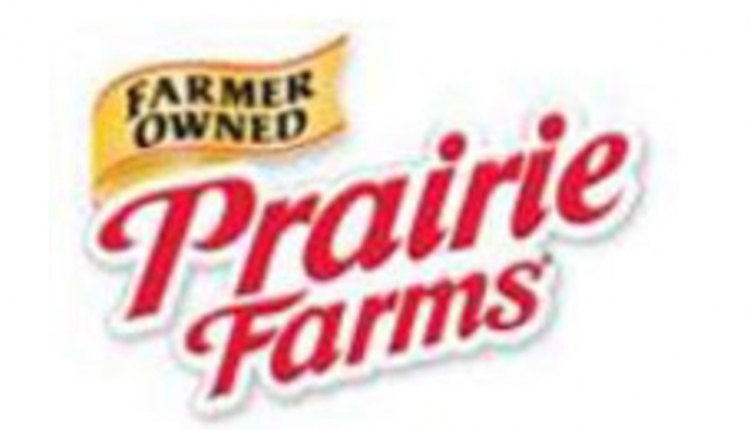
Cheese prices have remained surprisingly strong considering the level of milk production, cheese production and higher stocks levels. For April cheddar cheese production was 4.8% higher than the year before with total cheese production 3.7% higher. April 30th stocks of cheese was 10.1% higher than the year before. However, on the CME cheese prices showed some weakness in recent trades. In May 40-pound blocks averaged $2.2684 per pound, started June at $1.7375 and are now $1.5975. Cheddar barrels started June at $1.5325 per pound and are now $1.35. The normal spread between blocks and barrels is around 4 cents but has averaged 22 cents in June. Barrels are long in comparison to blocks depressing barrel prices. This wide spread should correct itself as we move into summer.
CME butter averaged $2.2684 per pound in May, and has ranged from $2.41 to $2.705 in June with the price now at $2.56. April butter production was 4.1% lower than a year ago and April 30th stocks were 1.2% lower. The dry whey price has weakened slightly to around $0.46 per pound. Nonfat dry milk averaged $0.88 per pound in May and ranged from $0.90 to $0.9475 in June with the current price at $0.905. Cheese, butter, dry whey and nonfat dry milk prices are all expected to improve this summer and fall which will push milk prices up.
Improved exports have supported higher cheese, butter, dry whey and nonfat dry milk prices. In April, U.S. dairy export volume was higher than year-ago-levels for the 11th straight month. Compared to a year ago exports to the top 10 markets showed exports up 91% to China, 84% to Oceania, 69% to Japan, 59% to South Korea, 43% to South America, 23% to Southeast Asia, 9% to Mexico and 2% to Canada, but 3% lower to the Caribbean and 16% lower to the Middle East/North Africa. Exports were 9% higher for nonfat dry milk/skim milk powder, 27% for cheese, 30% for butterfat, 11% for whey products and 9% for lactose. Dairy product prices on the Global Dairy Trade keep on strengthening and making U.S. products more price competitive. Exports are expected to continue to show improvement. World demand is expected to be stronger and increases in world milk production to be modest. Milk production had been running lower in major exporters—EU, New Zealand, Australia and Argentina. Milk production may start to run above year ago levels by summer and fall in both EU and New Zealand, but stronger world demand could absorb the increase.
The level of milk production will be a major factor on how much milk prices strengthen. If the growth in milk production is 2% or less, along with favorable domestic sales and continued improved exports the Class III price could be in the mid $16’s by July, assuming some recovery in cheese prices, and the $17’s for the remainder of the year peaking in October in the high $17’s. The Class IV price could be in the $17’s beginning in August and for the remaining months. However, dairy futures are currently less optimistic for the Class III price. Class III futures do not reach $17’s until August and remain in the low $17’s for the remainder of the year.
USDA is forecasting 2017 milk production to be 2% higher than last year (2.3% leap year adjusted) from 0.7% more milk cows and 1.3% more milk per cow (1.6% leap year adjusted). However, the increase could well be less than 2% and supporting higher milk prices. Wet weather is impacting forage quality both in the Northeast and Midwest which could negatively affect increases in milk per cow in these regions. Milk production does appear to be slowing. Compared to a year ago April milk production was up 2.2%, but May production was up just 1.8%. Milk cow numbers started to increase last October and continue to increase. May cow numbers were 0.8% higher than a year ago. Last year a relatively strong increase in milk per cow, up 1.4% was a major factor for higher milk production. The increase in milk per cow may be slowing with May up just 1.0%.
May milk production compared to a year ago was down 1.1% for California and 0.2% for Idaho. California’s decline was due to both fewer cows and less milk per cow while Idaho’s decline was due to less milk per cow. California’s milk production fell below year ago levels all of 2015 with production for the year down 3.4%, and fell below year ago levels for 8 of the months in 2016 with production for the year down 1.0%. But, other Western and Southwest states are experiencing increases with May milk production up 4.8% in Arizona, 6.9% in New Mexico and 14.7% in Texas. Milk production has slowed some in both the Northeast and Midwest. May milk production was up 2.3% in New York, 2.1% in Pennsylvania, 4.0% in Michigan, 1.4% in Iowa, 2.6% in Minnesota and 2.8% in South Dakota. But, with no change in cow numbers but less milk per cow Wisconsin’s production fell 0.7%. Other states with lower May milk production were Florida down 0.4%, Oregon down 3.5% and Washington down 1.4%.


